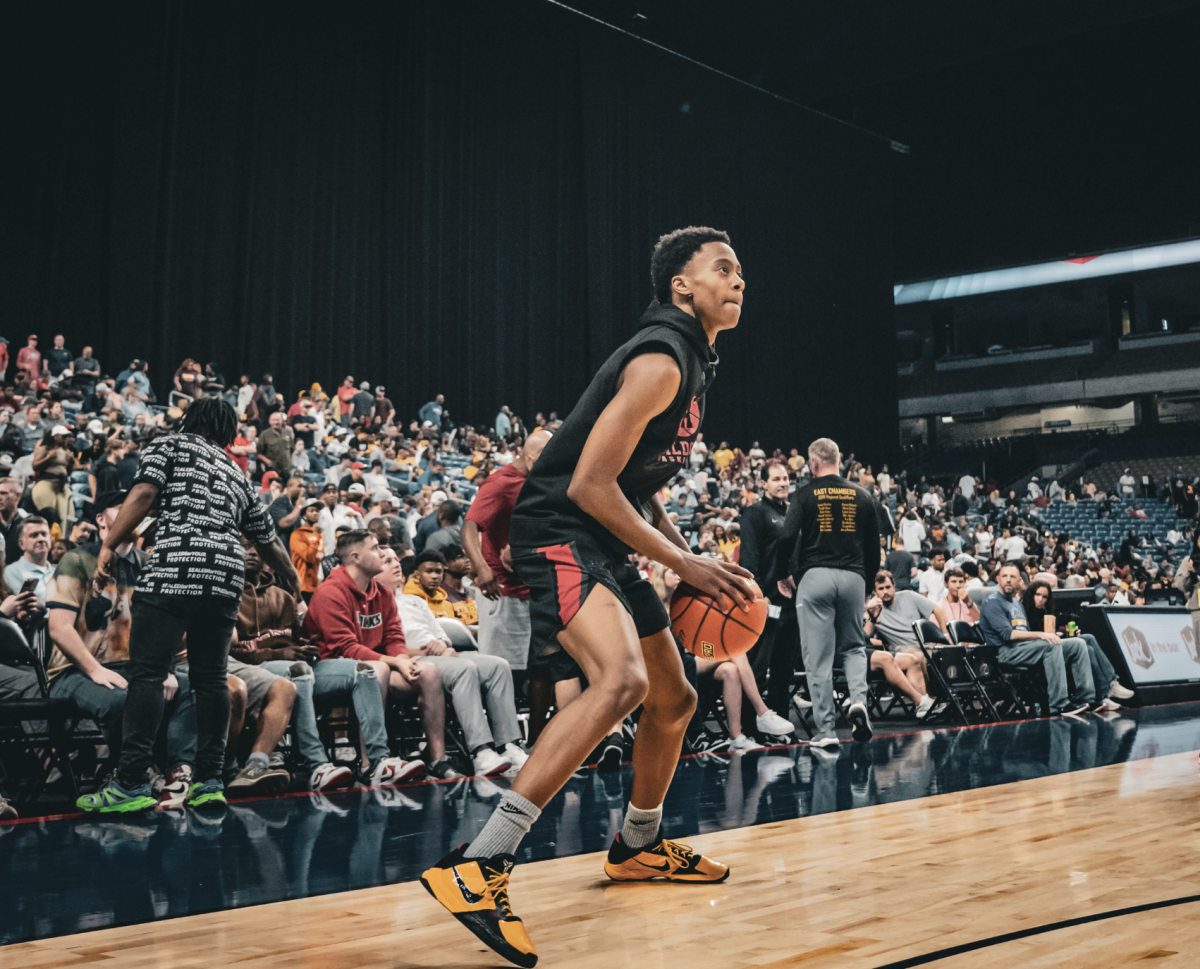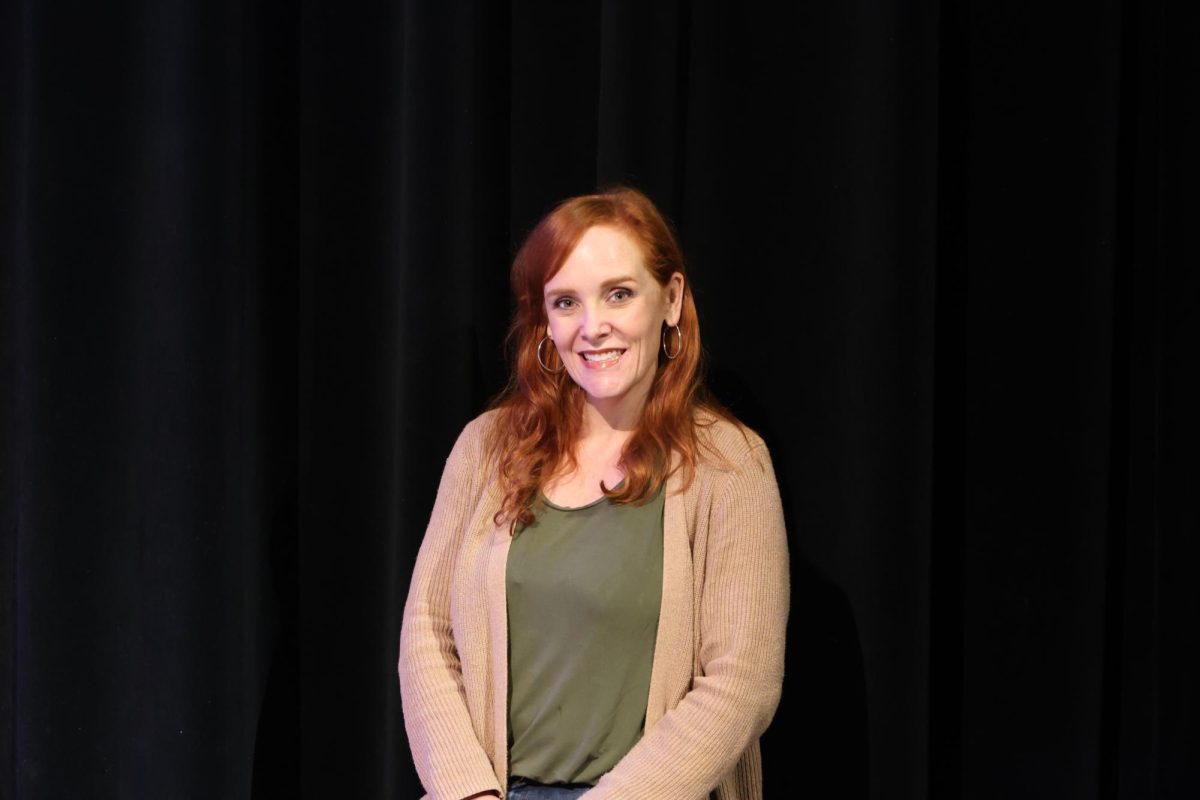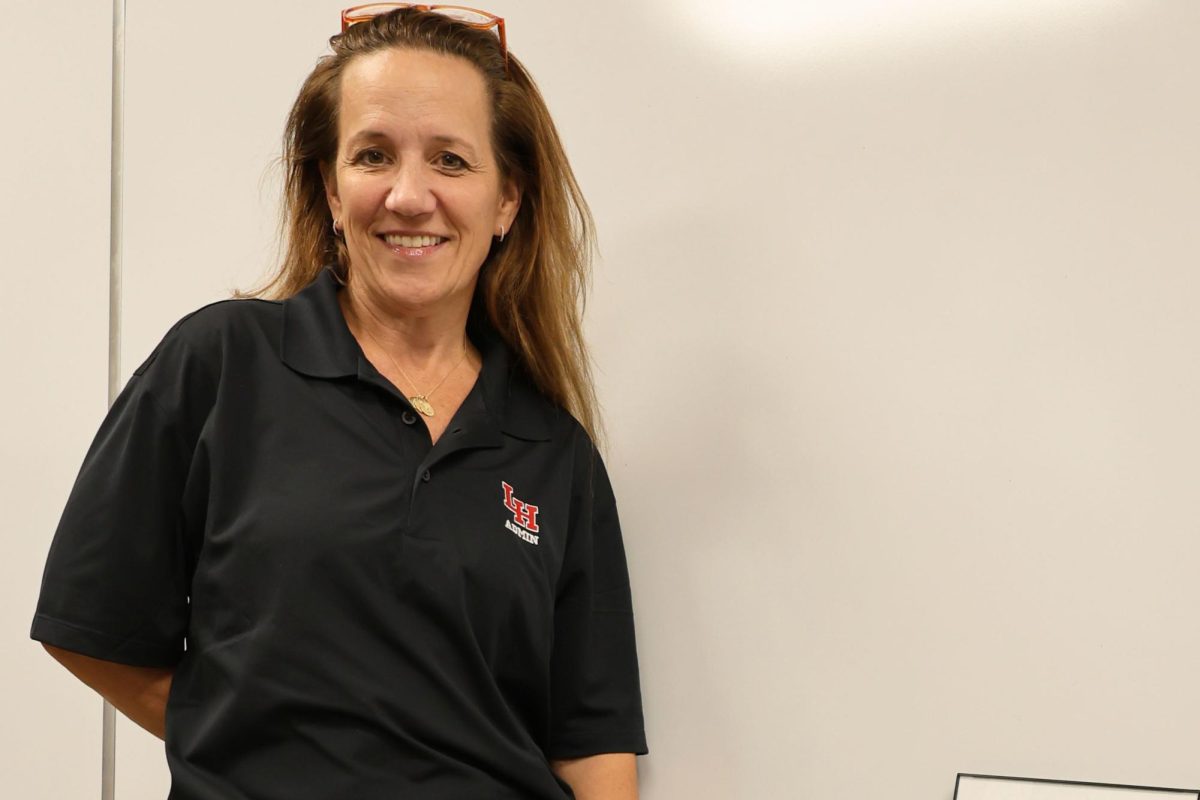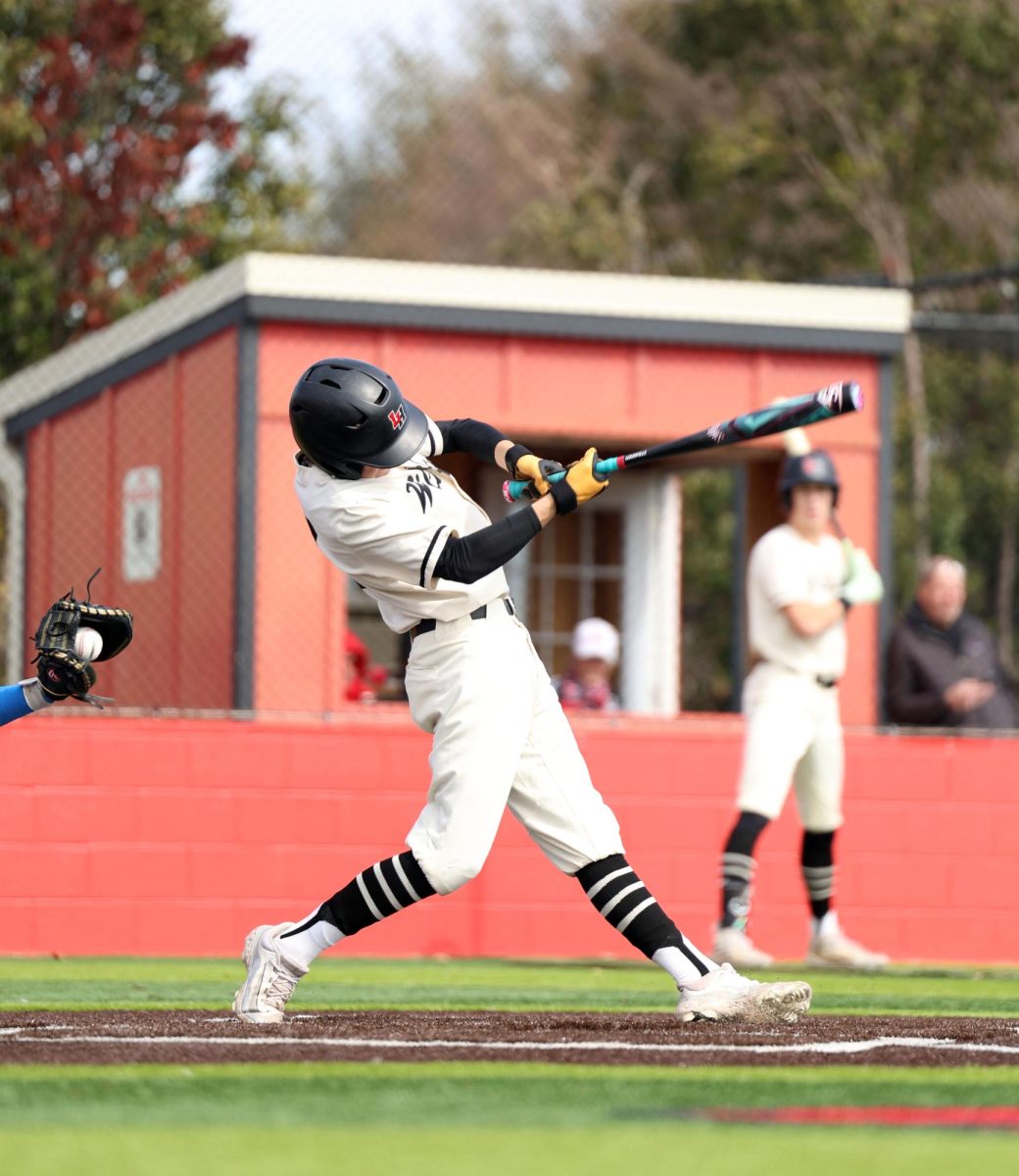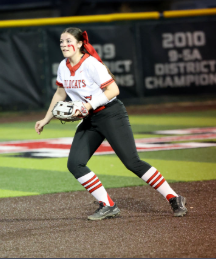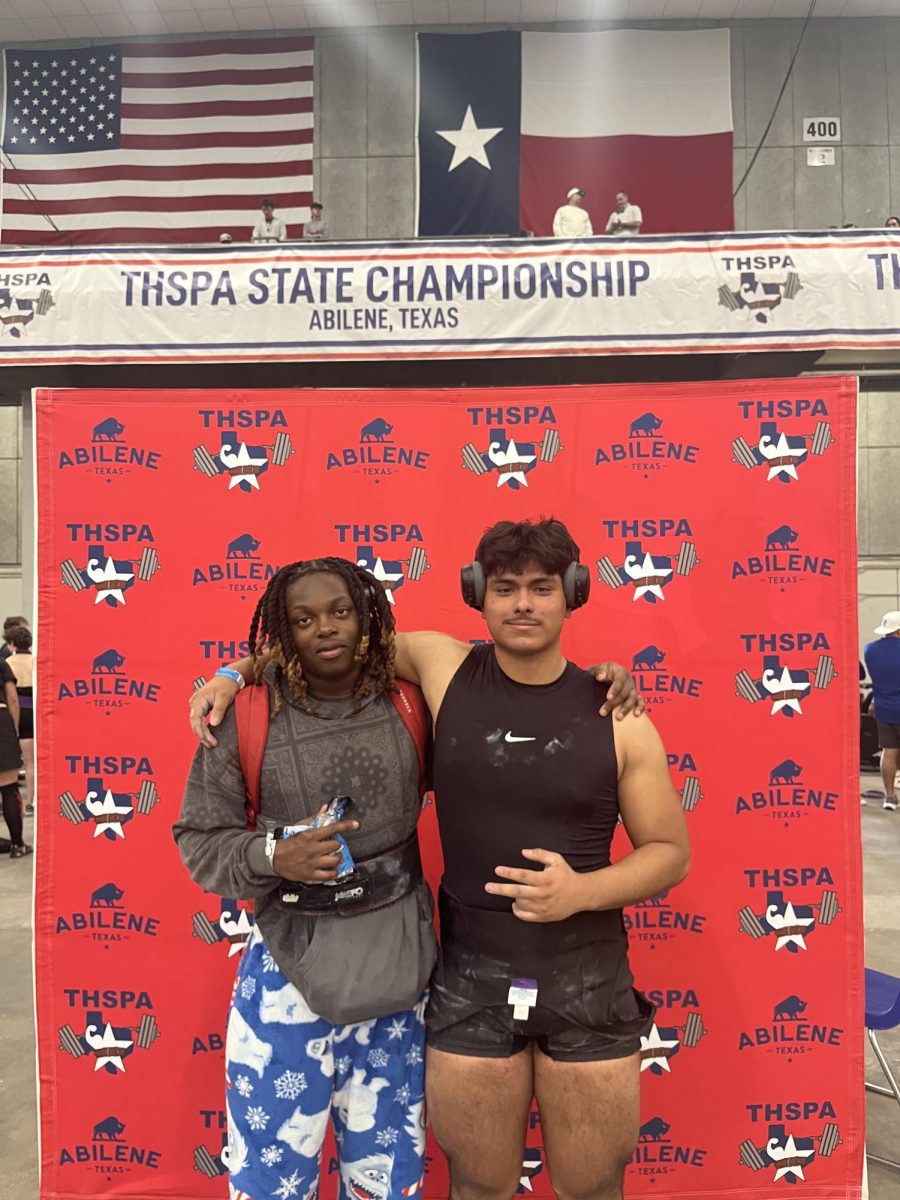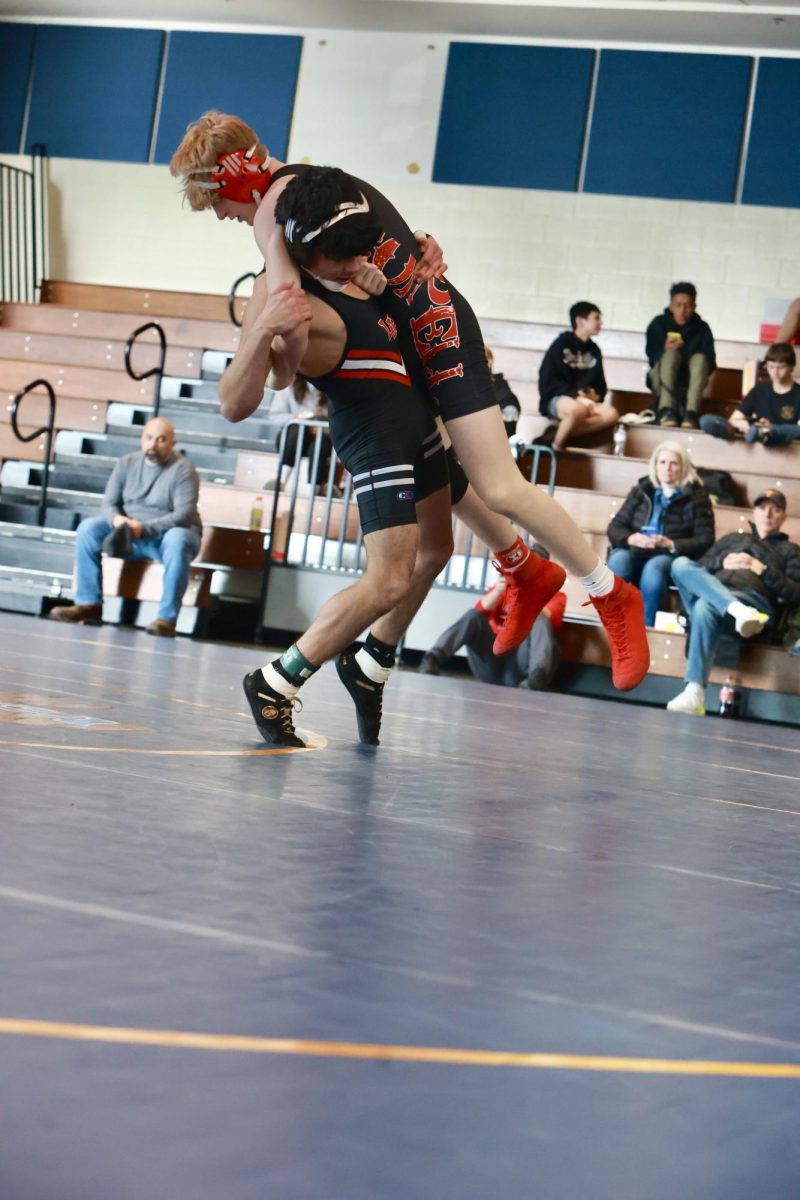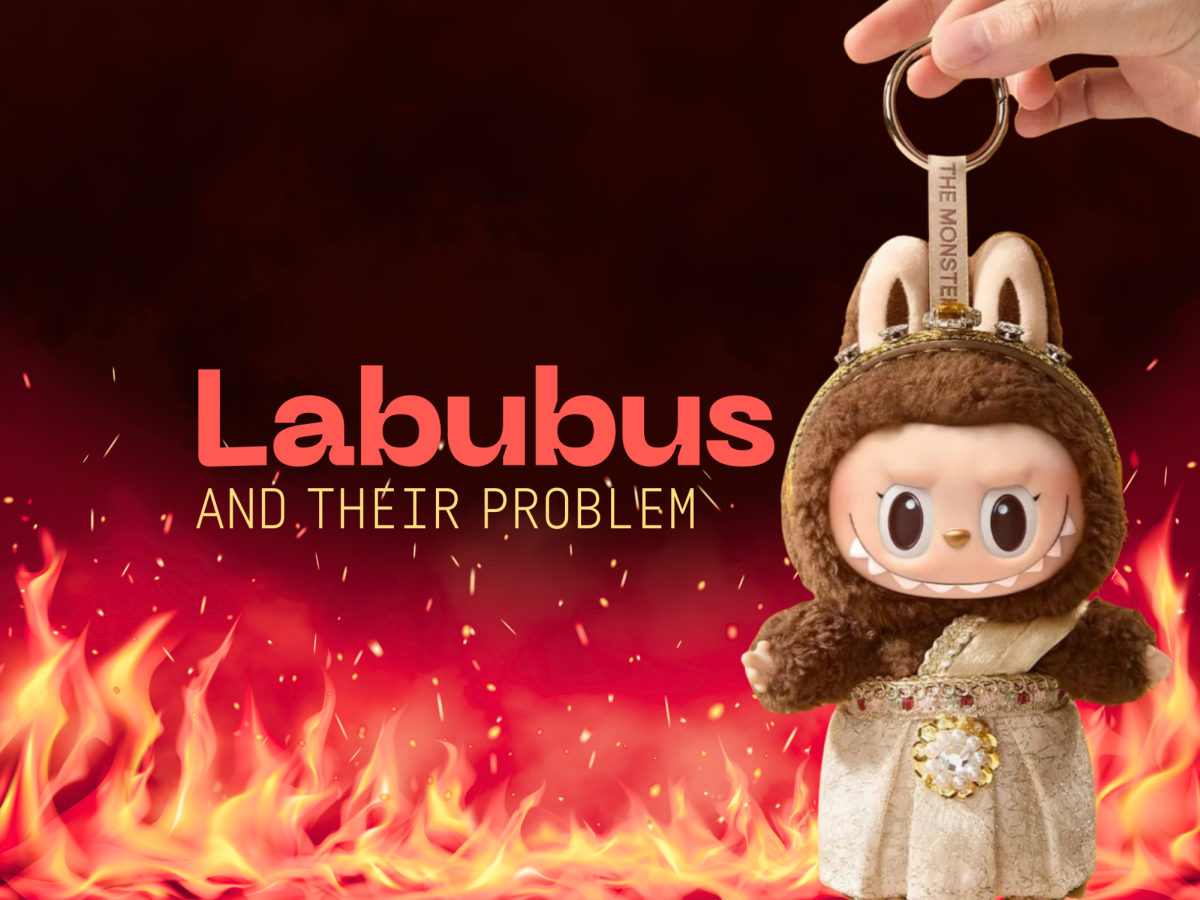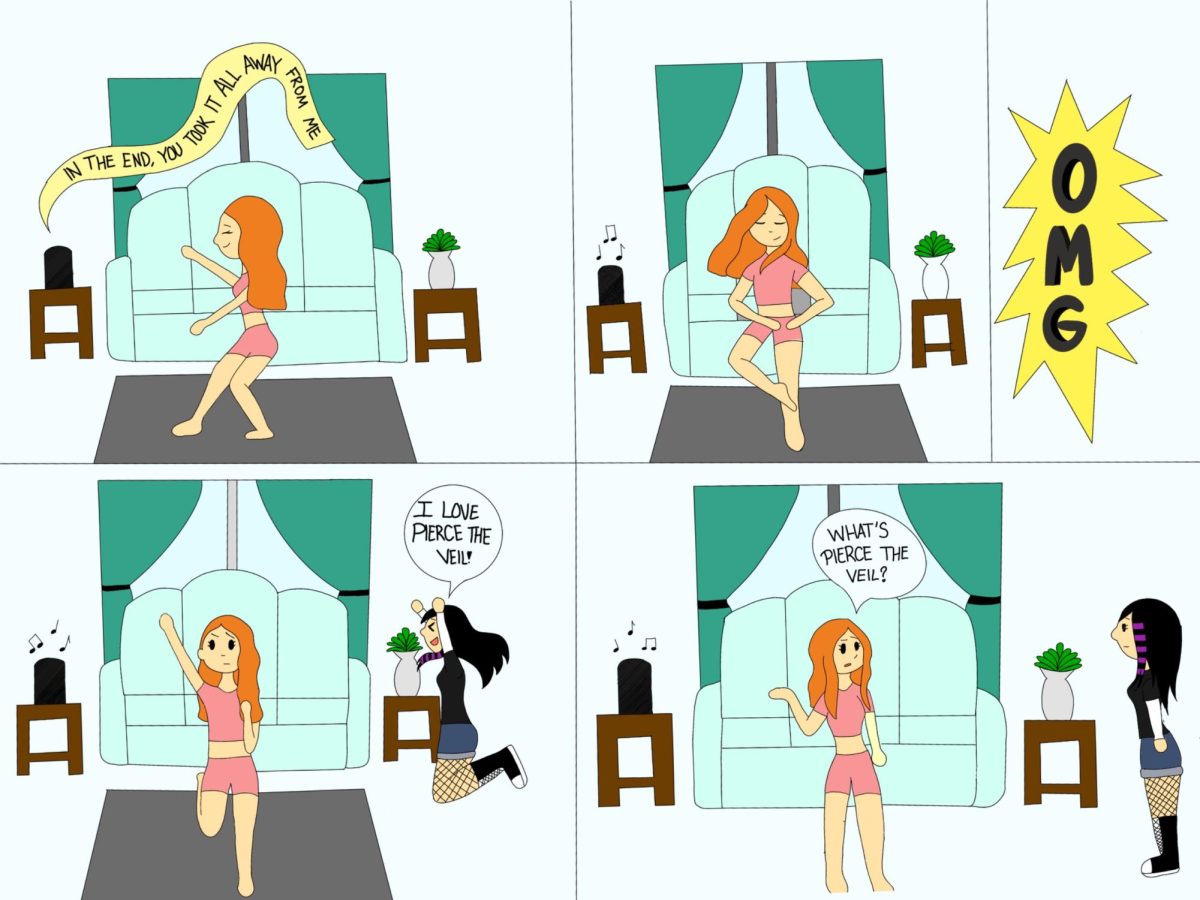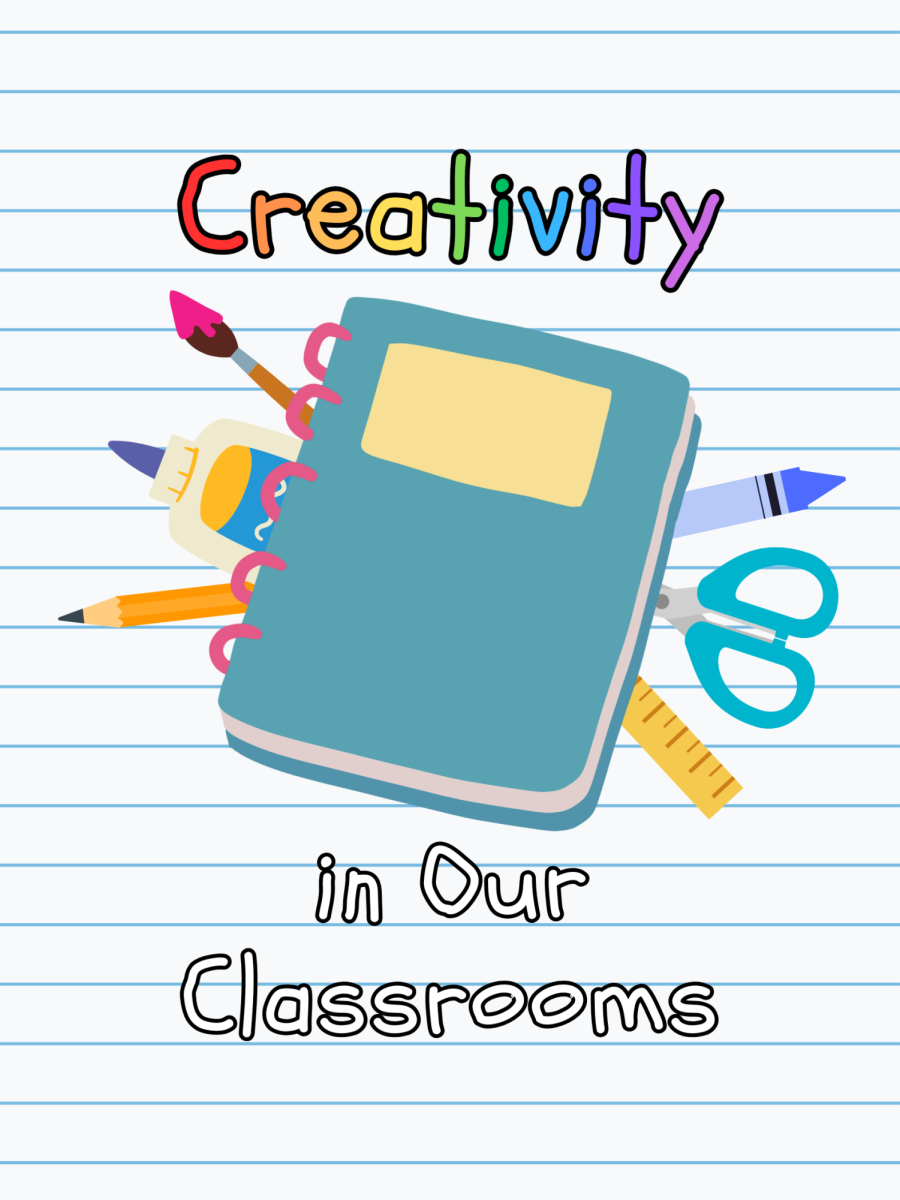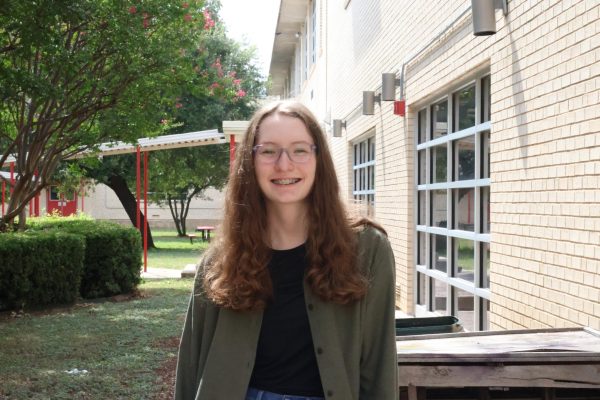Picture this. You’re sitting in class, it’s the last period of the day, and your teacher has been droning on for what feels like a century. All the while your exhausted hand struggles to keep up with writing notes. You’re not retaining any of the information as your mind wanders to far more interesting subjects. Sounds familiar, right?
Many classes feel rigid and monotonous to the average student, and it’s not uncommon that they give up on their work to do something they enjoy. So why not turn that tedious work into something fun? Incorporating more creative activities into classes will help students be more engaged and better understand the lesson.
For example, when you’re learning how to write an argumentative essay, you should be able to argue about a topic you’re passionate about. Instead of a dry book report, you could make a colorful poster about something in the book that stood out to you. If you’re studying a certain historical event, go on a class field trip to a museum with interesting exhibits on the subject. Students should feel challenged to think outside the box and let their imagination soar.
There are some times when rigor in classes can be important though. AP classes often have lots of work and require students to push themselves in order to properly prepare for the AP test. Most of the assignments are made to reflect what will be asked on the AP test, so there’s less room to implement more creative activities.
With the copious amount of assignments students receive every day, it can cause a lot of stress. It’s vital that instead of crushing creativity, we encourage it. Creative hobbies like art, music, and writing provide relief from stress. More active lessons can help strengthen problem-solving skills because they give students actual experience about a topic instead of just having to memorize it from a textbook.
Students shouldn’t dread going to their classes, expecting yet another dull lecture and stacks of homework to struggle with. Learning should be something that is exciting. I implore teachers to take the time to implement more creative activities into their lessons. My hope is that future generations of students will be able to be more imaginative and eager to learn at school. Let’s all do our part and start working toward this goal today!

